Energy and Economic Performance of Plant-Shaded Building Façade in Hot Arid Climate
Abstract
:1. Introduction
2. Experimental Set Up
3. Results and Discussion
3.1. Temperature Decrement and Time Lag
3.2. Heating Prevention
4. Cost Benefit Analysis
5. Conclusions
Acknowledgments
Author Contributions
Conflicts of Interest
Appendix A

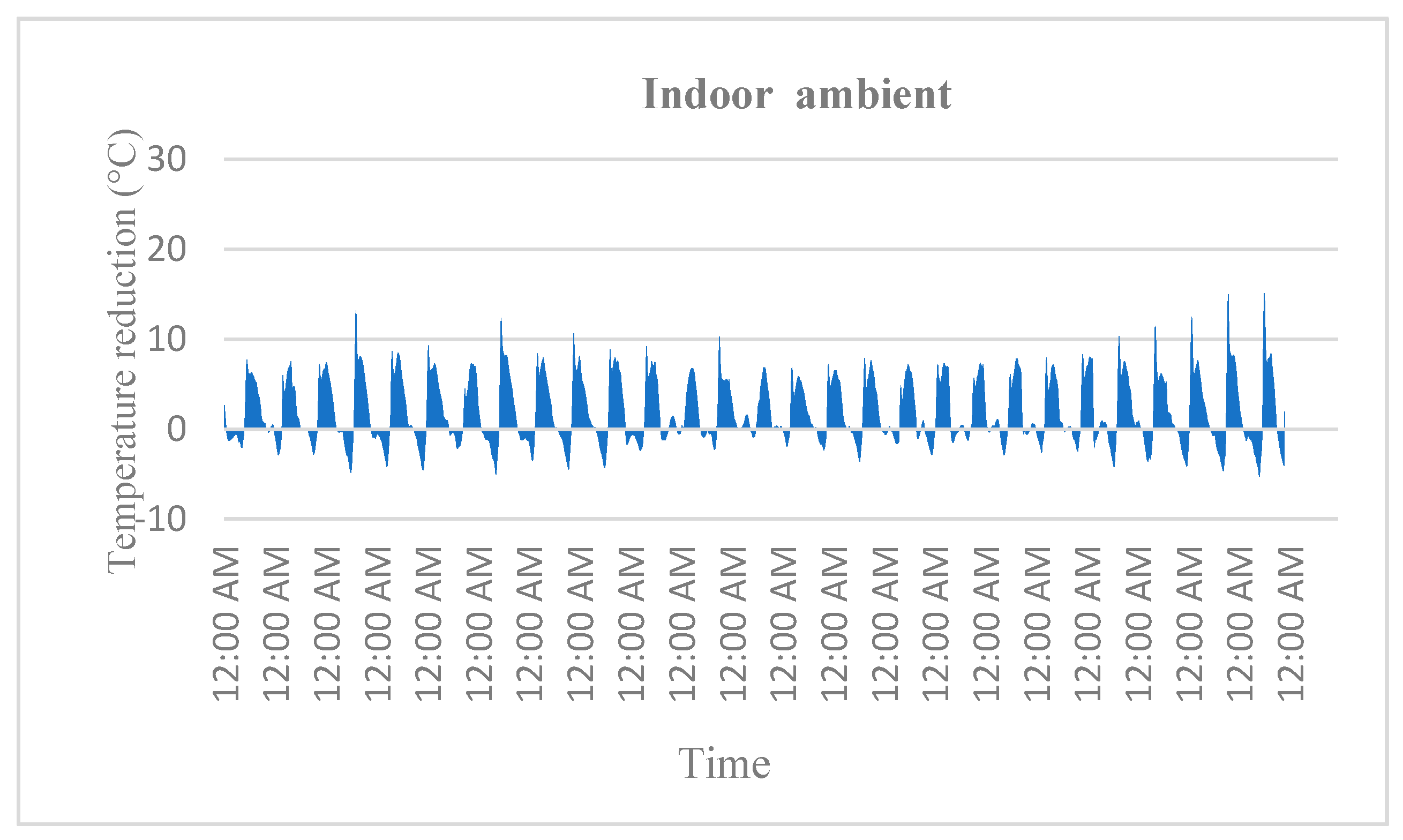
References
- Pacheco, R.; Ordónez, J.; Martínez, G. Energy efficient design of building: A review. Renew. Sustain. Energy Rev. 2012, 16, 3559–3573. [Google Scholar] [CrossRef]
- Yao, J.; Zheng, R.Y. Determining a practically optimal overhang depth for south facing windows in hot summer and cold winter zone. Open House Int. 2017, 42, 89–95. [Google Scholar]
- Yao, J. Effect of a novel internal roller shading system on energy performance. J. Green Build. 2014, 9, 125–145. [Google Scholar] [CrossRef]
- Sassi, P. Strategies for Sustainable Architecture; Francis & Taylor: New York, NY, USA, 2006; ISBN 10 0-203-48010-4 (ebk). [Google Scholar]
- Shahidan, M.F.; Shariff, M.K.; Jones, P.; Salleh, E.; Abdullah, A.M. A comparison of Mesua ferrea L. and Hura crepitans L. for shade creation and radiation. Landsc. Urban Plan. 2010, 97, 168–181. [Google Scholar] [CrossRef]
- Berry, R.; Livesley, S.J.; Ayeb, L. Tree canopy shade impacts on solar irradiance received by building. Build. Environ. 2013, 69, 91–100. [Google Scholar] [CrossRef]
- Eumorfopoulou, E.A.; Kontoleon, K. Experimental approach to the contribution of plant-covered walls to the thermal behaviour of building envelopes. Build. Environ. 2009, 44, 1024–1038. [Google Scholar] [CrossRef]
- Hes, D.; Dawkins, A.; Jensen, C.; Aye, L. A Modelling Method to Assess the Effect of Tree Shading for Building Performance Simuation. In Proceedings of the International Building Performance Simulation Association, Sydney, Australia, 14–16 November 2016. [Google Scholar]
- Mc Pherson, E.G.; Simpson, J.R. Potential energy savings in buildings by an urban tree planting programme in California. Urban For. Urban Green. 2003, 2, 73–86. [Google Scholar] [CrossRef]
- Akbari, H. Shade trees reduce building energy use and CO2 emissions from power plants. Environ. Pollut. 2002, 116, 119–126. [Google Scholar] [CrossRef]
- Abdul Aziz, D.M. Effects of Tree Shading on Building’s Energy Consumption. J. Archit. Eng. Technol. 2014, 3, 135. [Google Scholar] [CrossRef]
- Weather and Climate. Average Monthly Weather in Amman. Available online: https://weather-and-climate.com/average-monthly-Rainfall-Temperature-Sunshine,Amman,Jordan (accessed on 18 October 2017).
- U.S Climate Data. Available online: https://www.usclimatedata.com/ (accessed on 17 October 2017).
- Hwang, W.H.; Wiseman, P.E.; Thomas, V.A. Tree planting configuration influences shade on residential structures in four U.S. cities. Arboric. Urban For. 2015, 41, 208–222. [Google Scholar]
- Hwang, W.H.; Wiseman, P.E.; Thomas, V.A. Simulation of shade tree effects on residential energy consumption in four U.S. cities. Cities Environ. 2016, 9, 2. [Google Scholar]
- Haggag, M.; Hassan, A.; Elmasry, S.K. Experimental study on reduced heat gain through green façades in a high heat load climate. Energy Build. 2014, 82, 668–674. [Google Scholar] [CrossRef]
- Hopkins, G.; Goodwin, C. Living Architecture: Green Roofs and Walls; Csiro Publishing: Clayton, Australia, 2011; ISBN 9780643103078. [Google Scholar]
- Collins, S.; Kuoppamaki, K.; Kotze, D.J.; Lü, X. Thermal behavior of green roofs under Nordic winter conditions. Build. Environ. 2017, 122, 206–214. [Google Scholar] [CrossRef]
- Djedjiga, R.; Belarbib, R.; Bozonne, E. Experimental study of green walls impacts on buildings in summer and winter under an oceanic climate. Energy Build. 2017, 150, 403–411. [Google Scholar] [CrossRef]
- Pandit, R.; Laband, D.N. Energy savings from tree shade. Ecol. Econ. 2010, 69, 1324–1329. [Google Scholar] [CrossRef]
- Horoshenkov, K.V.; Khan, A.; Benkreira, H. Acoustic properties of low growing plants. J. Acoust. Soc. Am. 2013, 133, 2554–2565. [Google Scholar] [CrossRef] [PubMed]
- El-Keblawy, A.; Al Rawai, A. Impacts of the invasive exotic Prosopis juliflora (Sw.) D.C. on the native flora and soils of the UAE. Plant Ecol. 2017, 190, 23–35. [Google Scholar]
- Sinimar. Biota in UAE Fauna and Flora. 2017. Available online: http://www.sinimar.eu/en/biota-in-uae-fauna-and-flora/#axzz4vYn29Bob (accessed on 10 October 2017).
- Taleb, M. Natural ventilation as energy efficient solution for achieving low-energy houses in Dubai. Energy Build. 2015, 99, 284–291. [Google Scholar] [CrossRef]
- Mokri, A.; Aal Ali, M.; Emziane, M. Solar energy in the United Arab Emirates. Renew. Sustain. Energy Rev. 2013, 28, 340–375. [Google Scholar] [CrossRef]
- United States Environmental Protection Agency, Using Trees and Vegetation to Reduce Heat Islands. 2017. Available online: https://www.epa.gov/heat-islands/using-trees-and-vegetation-reduce-heat-islands#4 (accessed on 15 August 2017).
- Tiwari, A.; Sodha, M.S. Performance evaluation of solar PV/T system: An experimental validation. Sol. Energy 2006, 80, 751–759. [Google Scholar] [CrossRef]
- Perini, K.; Rosasco, P. Cost-benefit analysis for green façades and living wall systems. Build. Environ. 2013, 70, 110–121. [Google Scholar] [CrossRef]
- Ottelé, M.; Perini, K.; Fraaij, A.L.A.; Haas, E.M.; Raiteri, R. Comparative life cycle analysis for green façades and living wall systems. Energy Build. 2011, 43, 3419–3429. [Google Scholar] [CrossRef]
- Dunnett, N.; Kingsbury, N. Planting Green Roofs and Living Walls; Timber Press: Portland, OR, USA, 2008. [Google Scholar]
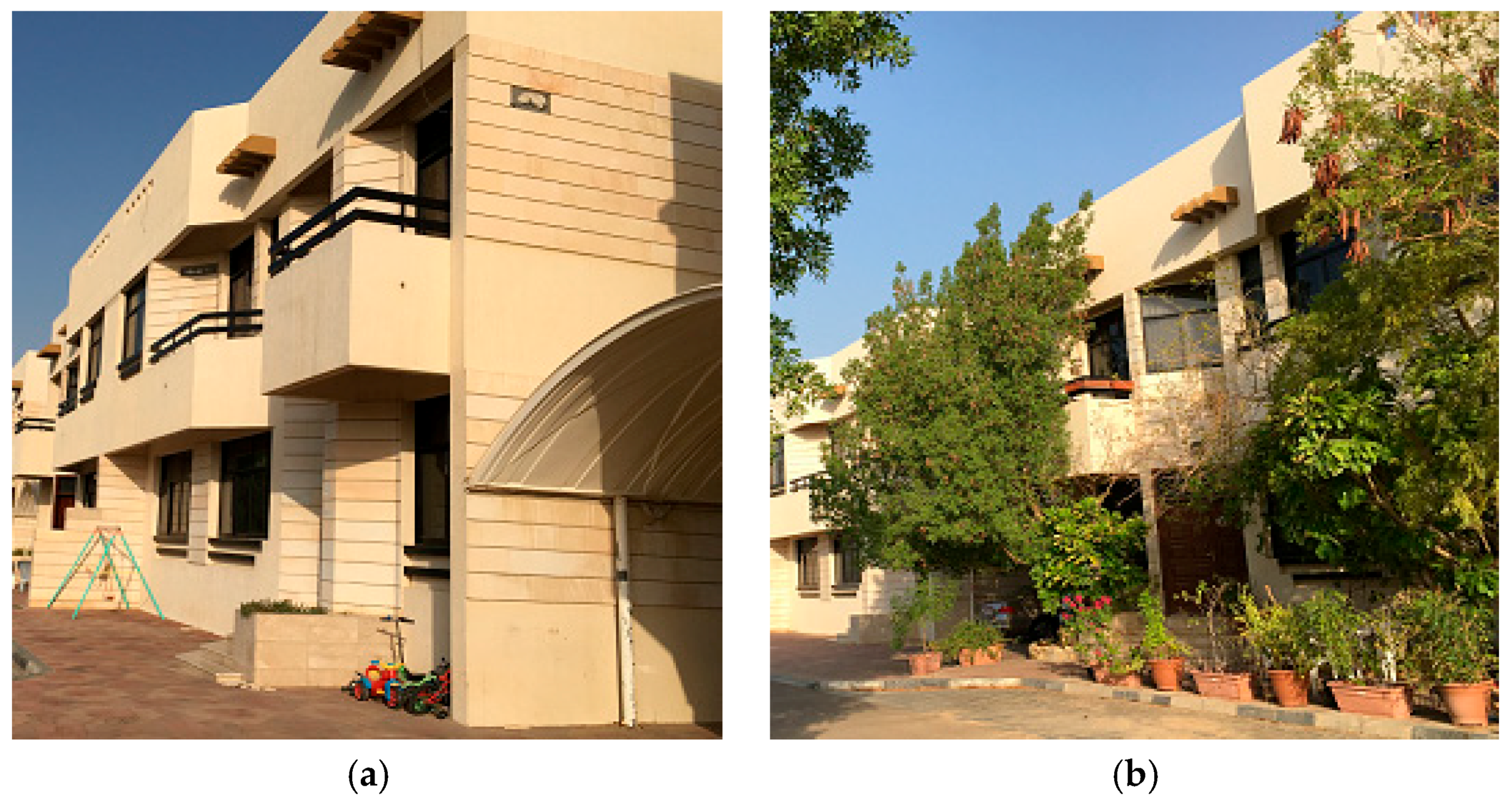
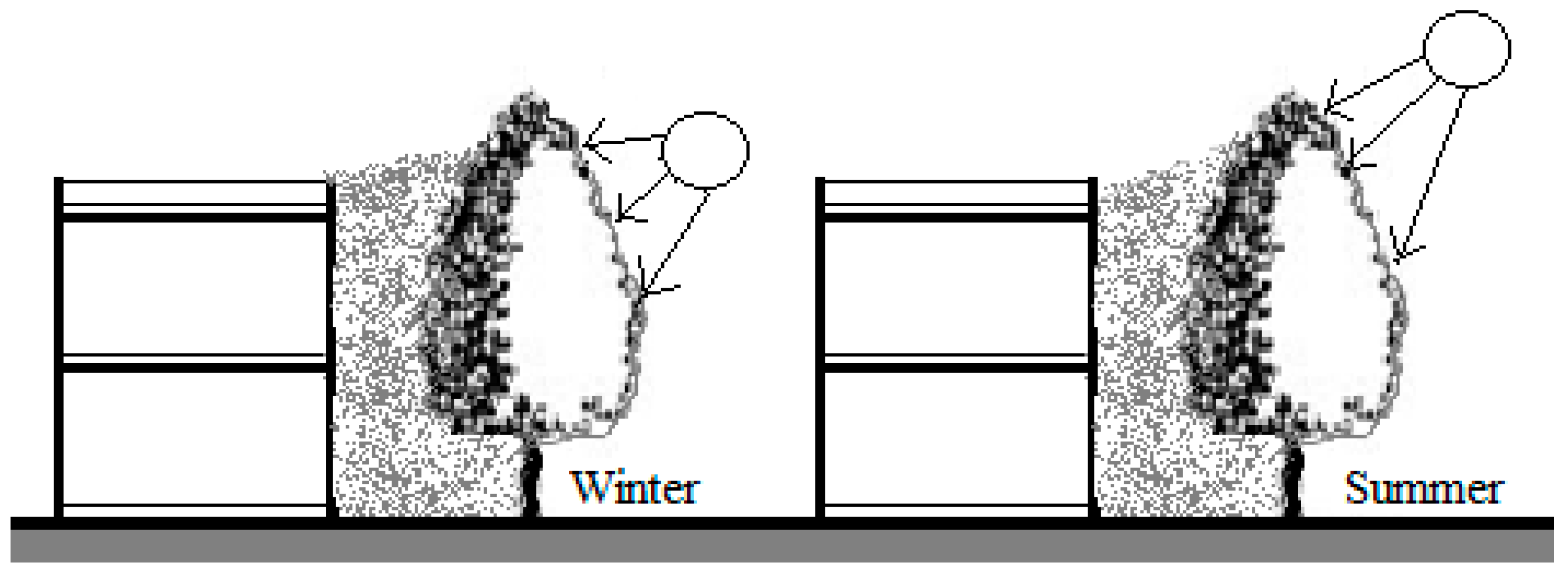
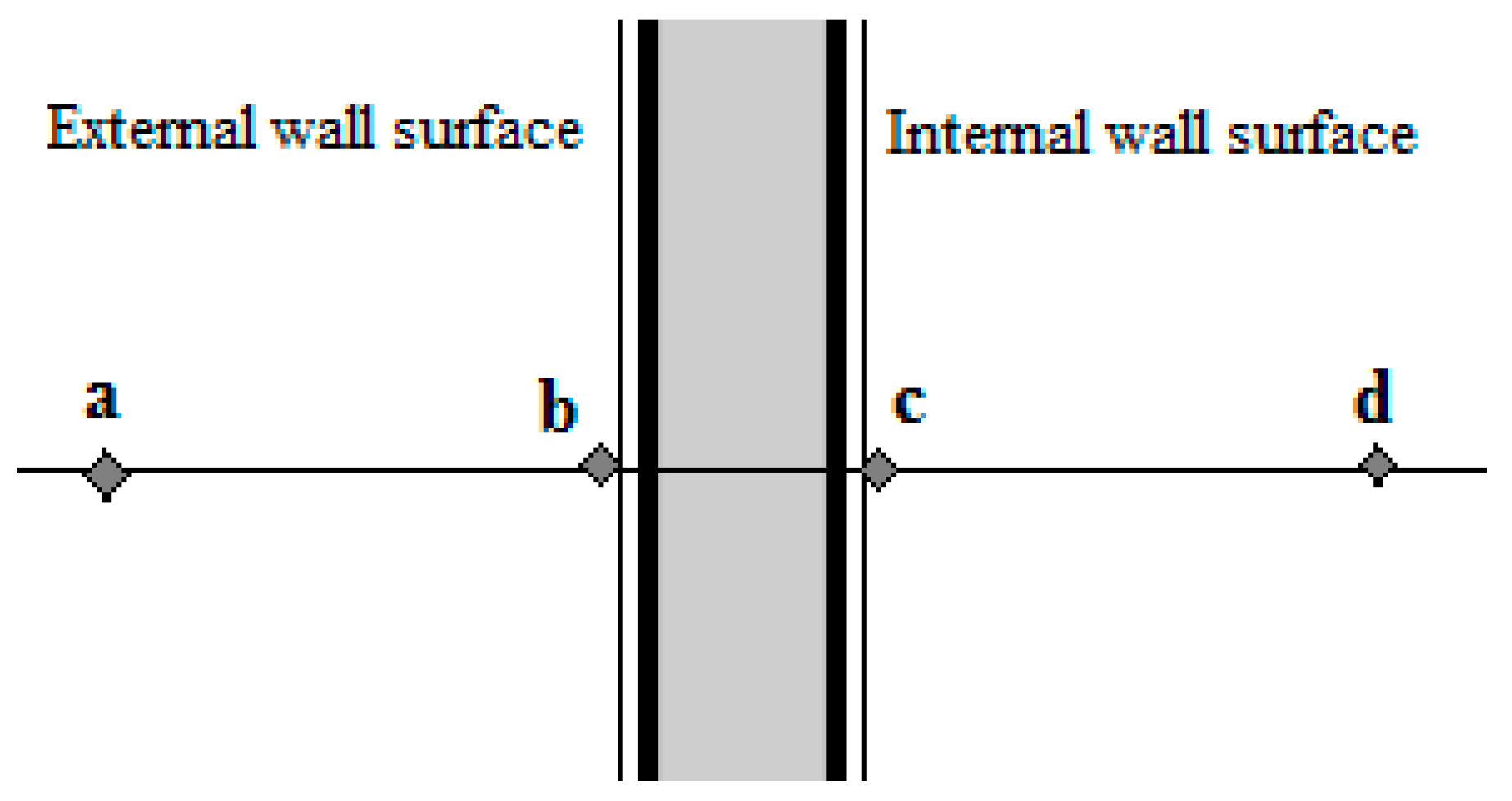

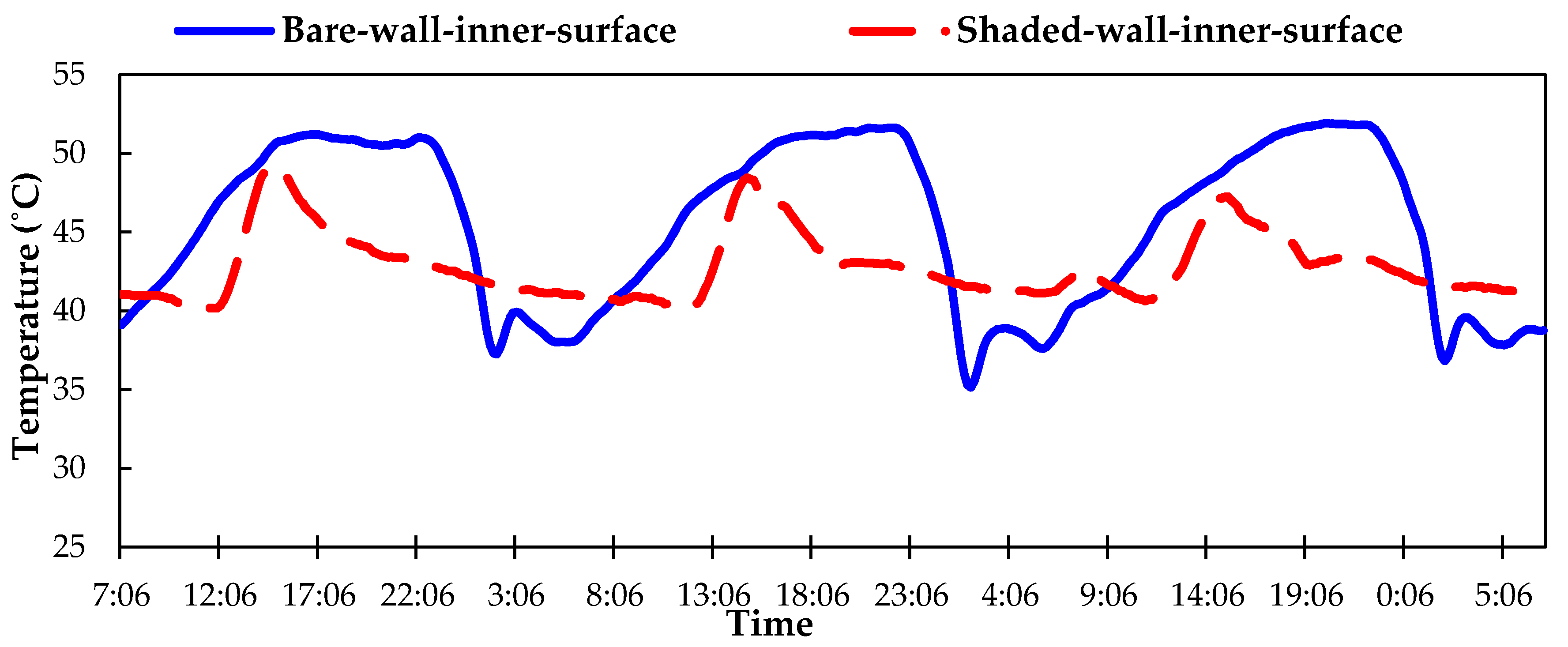

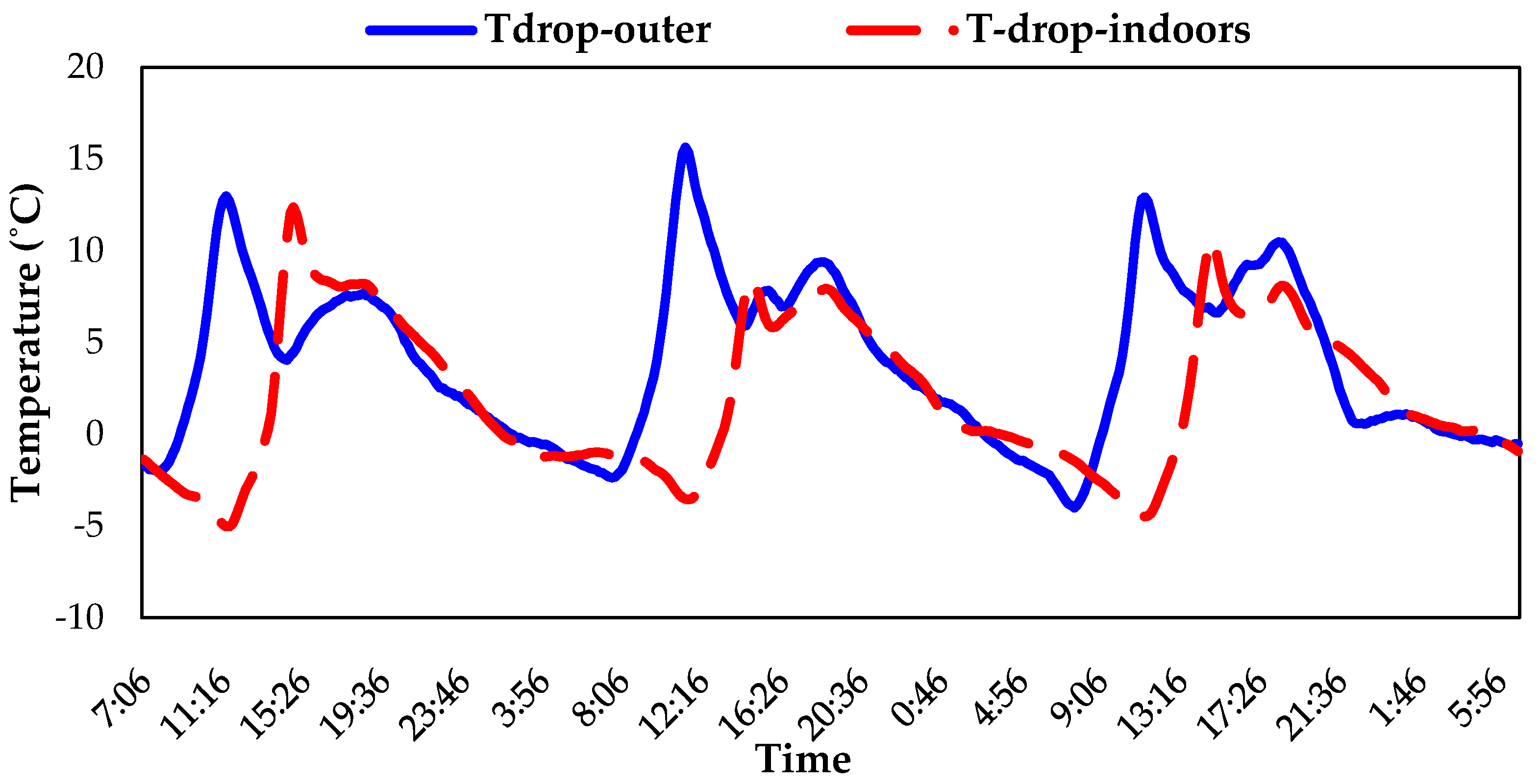
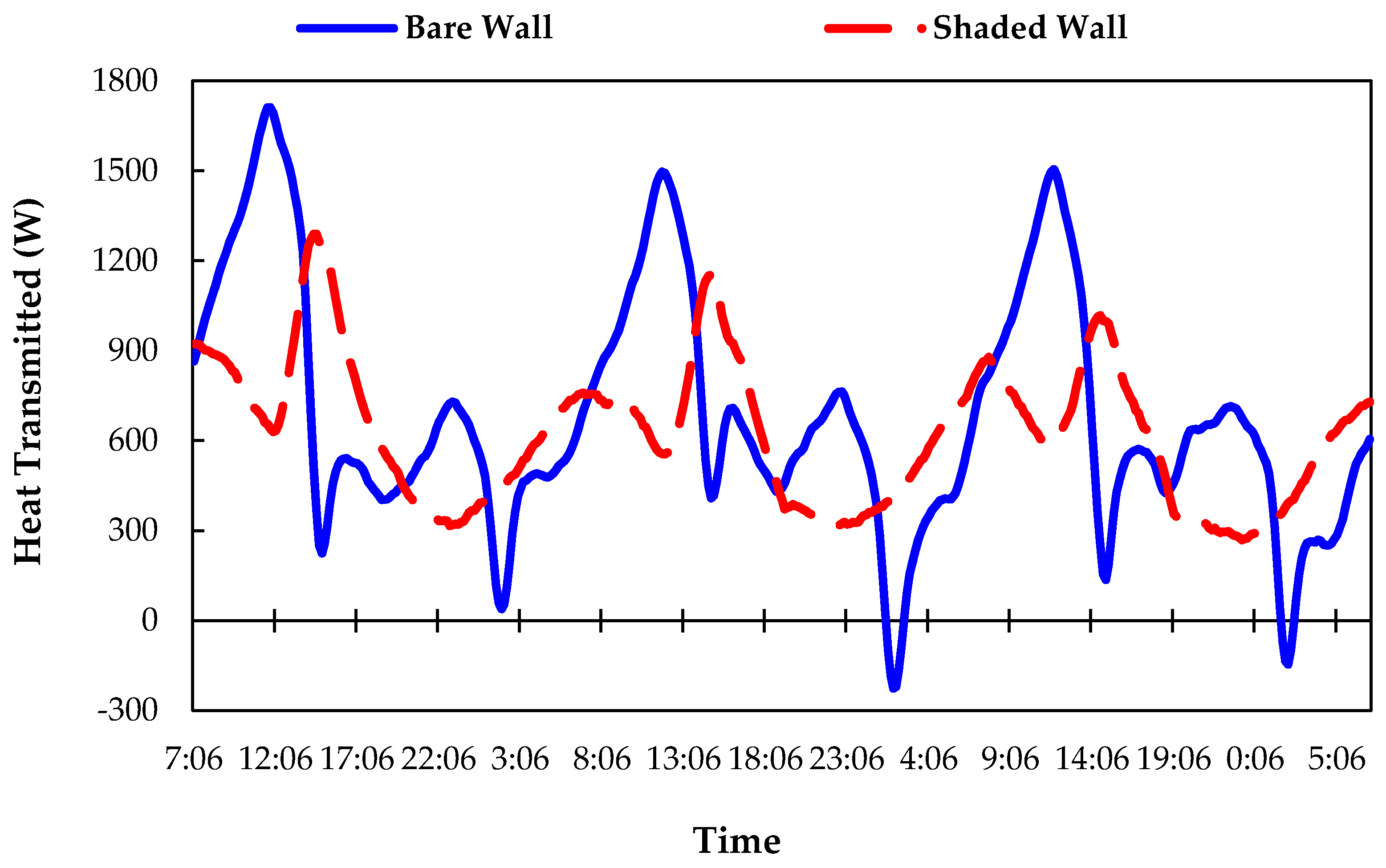
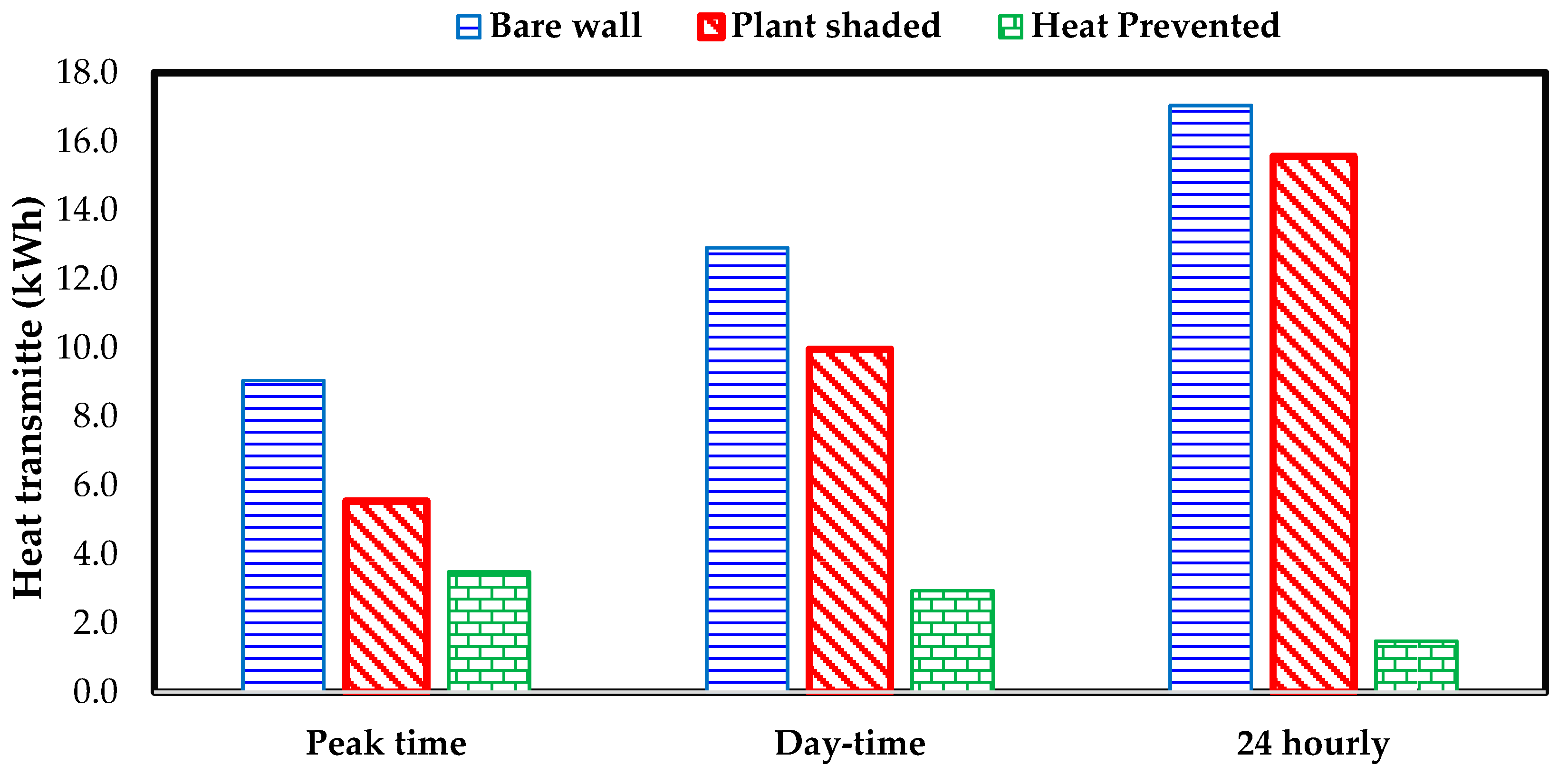
| Measurement Parameter | Device | Model No. | Measurement Range | Accuracy |
|---|---|---|---|---|
| Solar radiation | Apogee Pyranometer (1) | SP-110 | - | ±1% |
| Data acquisition | DAQ-PRO (2) | DAQ-PRO | - | ±0.02% |
| Temperature | RS Pro Thermocouple K-type | 363-0389 | −75 °C to 250 °C | ±1.5 (°C) |
| Ambient temperature | Star meter weather station | WS1041 | −40 °C to 60 °C | ±1% |
| Wind speed | Star meter weather station | WS1041 | Up to 50 ms−1 | ±1% |
| Category | Cost in US$ (1 US$ = 3.67 AED) | Category | Benefit |
|---|---|---|---|
| Initial cost of plants and growing media | 240 US$ | Energy savings | 32.23 US$/year |
| Installation cost | 132 US$ | Added property value | 35 US$/year |
| Initial cost of irrigation system | 55.2 US$ | Air quality improvement | Ignored |
| Water cost for irrigation | 40.8 US$/year | Carbon reduction | Ignored |
| Maintenance cost | 108 US$/year | Street noise reduction | Ignored |
| Plantation space use cost | 120 US$/year | Urban heat island | Ignored |
| Total cost | 58 US$/m2 | Total Benefit | 67.23 |
| Tested façade area per floor = 12 m2 | |||
| Total cost for the tested façade per floor (12 × 58) | 696 US$ | Payback Period | 10 years |
© 2017 by the authors. Licensee MDPI, Basel, Switzerland. This article is an open access article distributed under the terms and conditions of the Creative Commons Attribution (CC BY) license (http://creativecommons.org/licenses/by/4.0/).
Share and Cite
Haggag, M.; Hassan, A.; Qadir, G. Energy and Economic Performance of Plant-Shaded Building Façade in Hot Arid Climate. Sustainability 2017, 9, 2026. https://doi.org/10.3390/su9112026
Haggag M, Hassan A, Qadir G. Energy and Economic Performance of Plant-Shaded Building Façade in Hot Arid Climate. Sustainability. 2017; 9(11):2026. https://doi.org/10.3390/su9112026
Chicago/Turabian StyleHaggag, Mahmoud, Ahmed Hassan, and Ghulam Qadir. 2017. "Energy and Economic Performance of Plant-Shaded Building Façade in Hot Arid Climate" Sustainability 9, no. 11: 2026. https://doi.org/10.3390/su9112026






